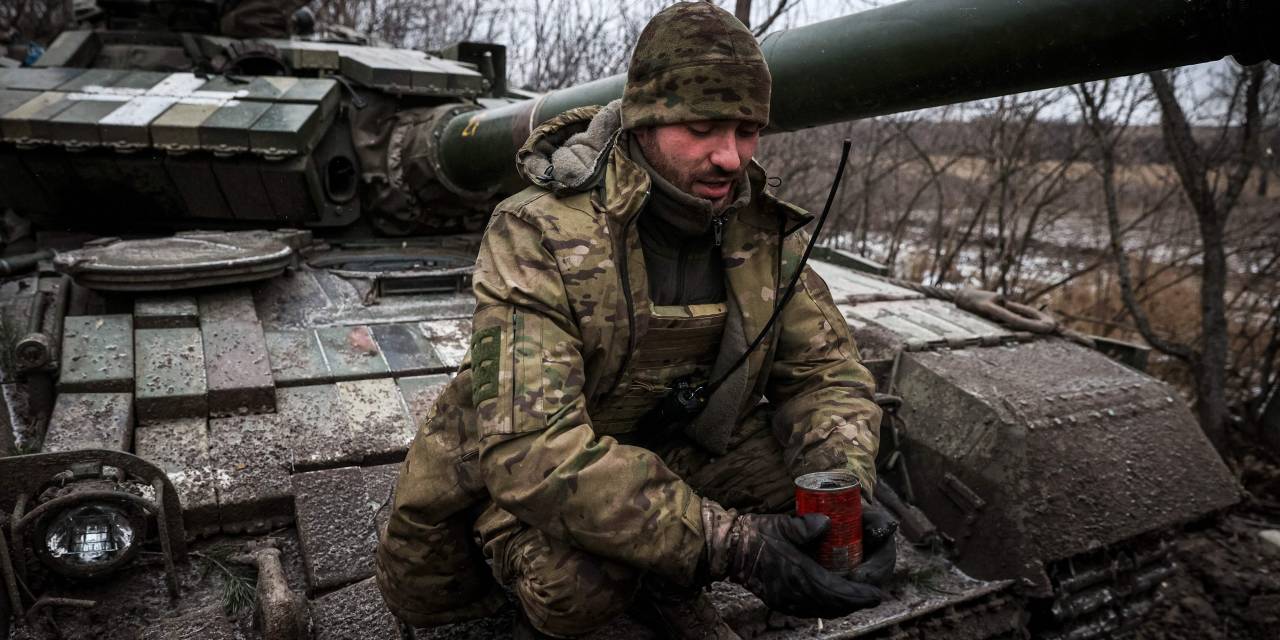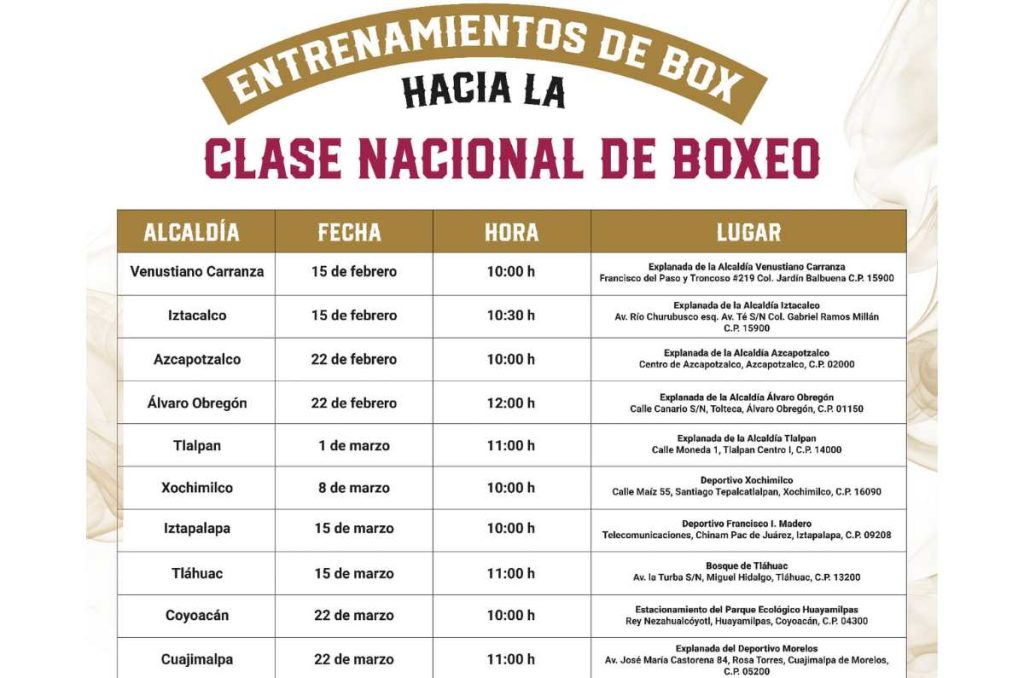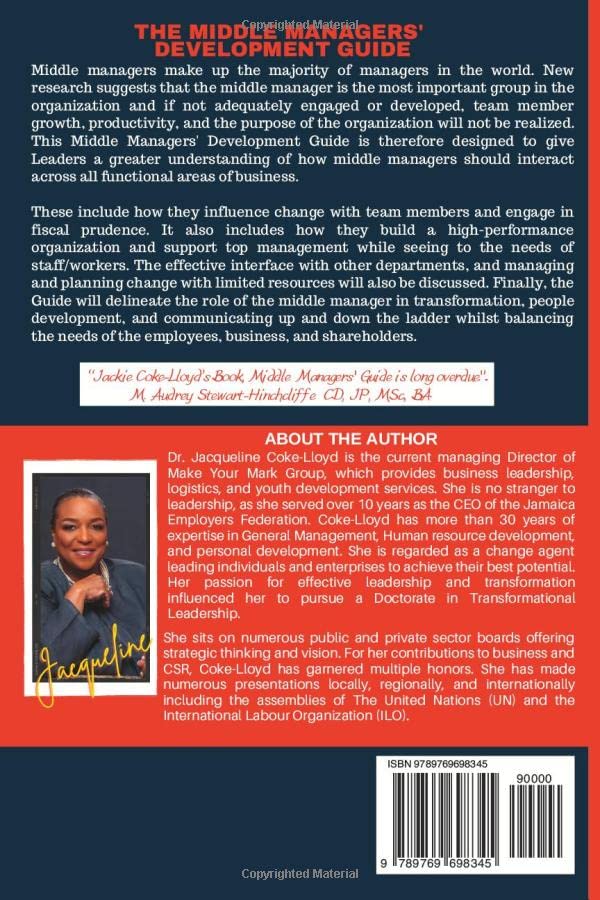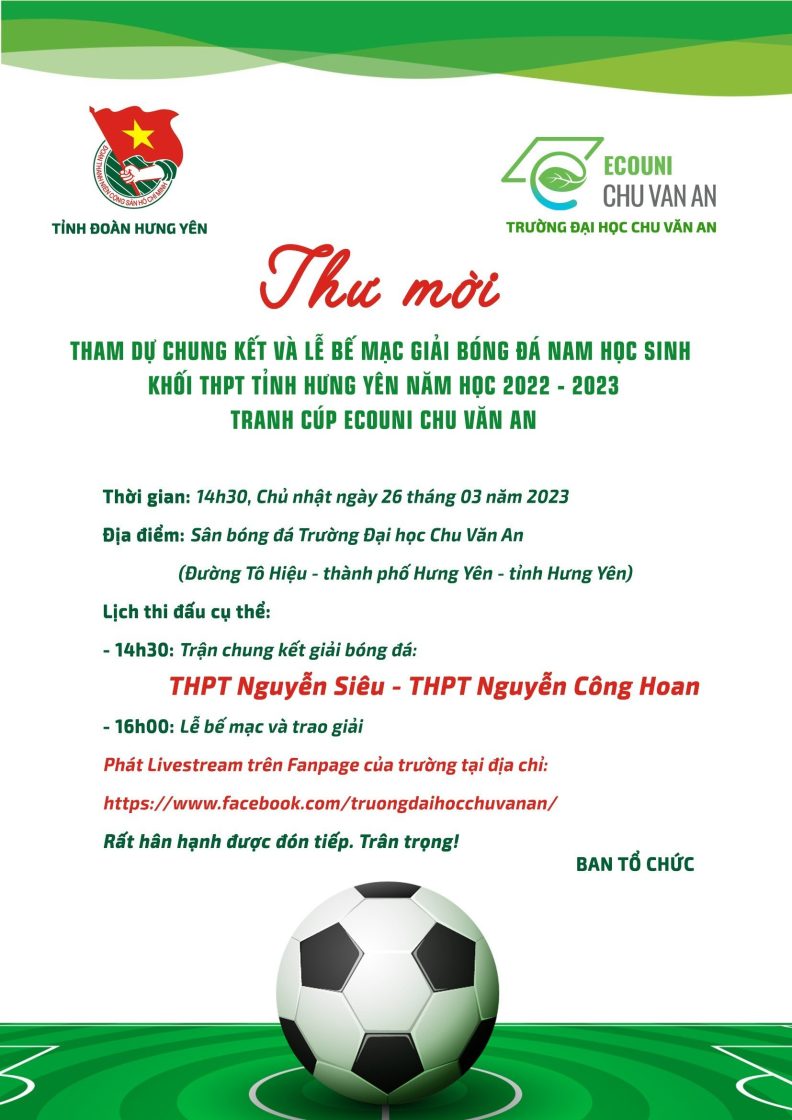Impact Of Warmer Weather On Russia's Spring Offensive In Ukraine

Table of Contents
Improved Mobility and Logistics
The end of winter's "rasputitsa," or mud season, marks a crucial turning point in the conflict. The thawing ground significantly improves mobility for both the Russian and Ukrainian forces. However, Russia, with its larger armored forces and reliance on mechanized infantry, stands to gain a more substantial advantage.
Mud Season's End: A New Chapter in Mobility
The transition from the muddy, impassable terrain of winter to firmer ground allows for a considerable increase in maneuverability. This translates into several key benefits for the Russian military:
- Increased tank and mechanized infantry movement: Heavier armored vehicles, previously hindered by the mud, can now operate more effectively, enabling faster advances and potentially decisive breakthroughs.
- Easier transportation of supplies and ammunition: Improved road conditions facilitate the transport of crucial supplies, reducing the risk of supply shortages at the front lines.
- Faster troop deployments and repositioning: The ability to move troops and equipment more quickly allows for rapid responses to changing battlefield dynamics and the reinforcement of vulnerable positions.
- Potential for quicker encirclement maneuvers: Improved mobility increases the potential for Russia to execute complex maneuvers, such as encirclements, aiming to trap and destroy Ukrainian units.
Enhanced Supply Lines: Fueling the Offensive
Improved road conditions directly impact the Russian army's logistical capabilities. The risk of supply convoys getting bogged down in mud is significantly reduced, leading to:
- Reduced risk of supply convoys getting bogged down: This ensures a more consistent flow of essential resources to the front lines, reducing vulnerabilities and operational delays.
- Faster replenishment of ammunition and fuel: The ability to quickly resupply units is critical for sustaining a large-scale offensive operation.
- Improved medical supply chain efficiency: The timely delivery of medical supplies and personnel is crucial for minimizing casualties and maintaining troop readiness.
Tactical Advantages and Disadvantages
Warmer weather opens up new tactical opportunities, but also presents challenges. Both sides will need to adapt their strategies to these changes.
Increased Offensive Capabilities: Exploiting the Improved Conditions
The improved mobility and logistical ease translate into significantly enhanced offensive capabilities for Russia:
- More effective use of air power: Less mud means less damage to airfields, allowing for increased air support and greater operational flexibility.
- Easier river crossings: Improved ground conditions simplify river crossings, enabling faster advances and potentially bypassing Ukrainian defensive positions.
- Potential for flanking maneuvers and breakthroughs: The increased maneuverability allows for the execution of complex maneuvers, potentially leading to significant breakthroughs in Ukrainian lines.
Ukrainian Counter-Offensive Opportunities: Turning the Tables
Ukraine, while facing a potentially more mobile Russian force, can leverage the improved conditions to its advantage:
- Increased ability to rapidly shift troops and resources: Ukraine can better respond to Russian advances and reinforce threatened areas.
- Better opportunities for ambushes and hit-and-run tactics: Improved mobility allows Ukrainian forces to engage in more dynamic warfare, exploiting Russian vulnerabilities.
- Improved effectiveness of mobile artillery units: Artillery units can reposition more quickly and effectively, providing crucial support to defensive and offensive operations.
The Impact on Weaponry and Equipment
The change in weather conditions affects the performance of various weapons systems and military equipment.
Improved Weapon System Performance: Enhanced Capabilities
Warmer temperatures generally improve the functionality of military equipment, reducing issues caused by extreme cold:
- Reduced risk of equipment malfunction due to extreme cold: This leads to higher reliability and effectiveness of weapons systems and vehicles.
- Enhanced performance of precision-guided munitions: Warmer weather can positively impact the accuracy and effectiveness of guided munitions.
- Improved effectiveness of drones and surveillance technology: Drones and surveillance systems are less susceptible to malfunction in warmer conditions, providing critical real-time intelligence.
Challenges Remain: Persistent Logistical Hurdles
Despite the improvements, certain challenges persist:
- Increased risk of overheating for certain vehicles and equipment: Prolonged operation in warmer temperatures can lead to overheating problems for some vehicles and equipment.
- Potential for increased dust affecting visibility and equipment operation: Dust can impair visibility and interfere with the operation of sensitive equipment.
Influence on Troop Morale and Fatigue
Weather significantly impacts troop morale and physical condition.
Improved Troop Comfort: Boosting Morale
Warmer conditions offer a significant improvement in troop comfort compared to the harsh winter months:
- Reduced risk of frostbite and hypothermia: This improves overall health and well-being, boosting morale and combat effectiveness.
- Improved living conditions in temporary field positions: Warmer temperatures make life in the field less harsh, contributing to improved morale.
Increased Fatigue Risk: The Price of Warmer Weather
However, the warmer weather also presents new challenges:
- Need for increased hydration and rest periods: Soldiers are more susceptible to heat exhaustion and dehydration in warmer weather, requiring more careful management of hydration and rest.
- Potential impact on soldier performance in prolonged operations: Heat stress can negatively impact soldier performance, potentially affecting the effectiveness of offensive and defensive operations.
Conclusion
The impact of warmer weather on Russia's spring offensive in Ukraine is a complex and multifaceted issue. While the improved mobility and logistics significantly benefit Russia’s larger armored forces, Ukraine can effectively utilize the changed conditions to its advantage, bolstering counter-offensive strategies. Understanding the effects of warmer weather on weaponry, troop morale, and the overall battlefield situation is crucial for comprehending the evolving conflict. Further analysis of the ongoing campaign and its weather-dependent implications is essential for predicting its outcome and formulating effective strategies. Continue to follow developments regarding Russia's Spring Offensive for critical updates on this dynamic situation.

Featured Posts
-
 Which Cruise Lines Does Carnival Own A Comprehensive Guide
Apr 30, 2025
Which Cruise Lines Does Carnival Own A Comprehensive Guide
Apr 30, 2025 -
 Clase Nacional De Boxeo En El Zocalo Fotos Y Resumen Del Evento
Apr 30, 2025
Clase Nacional De Boxeo En El Zocalo Fotos Y Resumen Del Evento
Apr 30, 2025 -
 The Critical Role Of Middle Managers In Employee Development And Organizational Effectiveness
Apr 30, 2025
The Critical Role Of Middle Managers In Employee Development And Organizational Effectiveness
Apr 30, 2025 -
 Vong Chung Ket Giai Bong Da Sinh Vien Khoi Dau Soi Noi
Apr 30, 2025
Vong Chung Ket Giai Bong Da Sinh Vien Khoi Dau Soi Noi
Apr 30, 2025 -
 Eurovision 2025 Betting Tips Latest Odds And Predictions
Apr 30, 2025
Eurovision 2025 Betting Tips Latest Odds And Predictions
Apr 30, 2025
